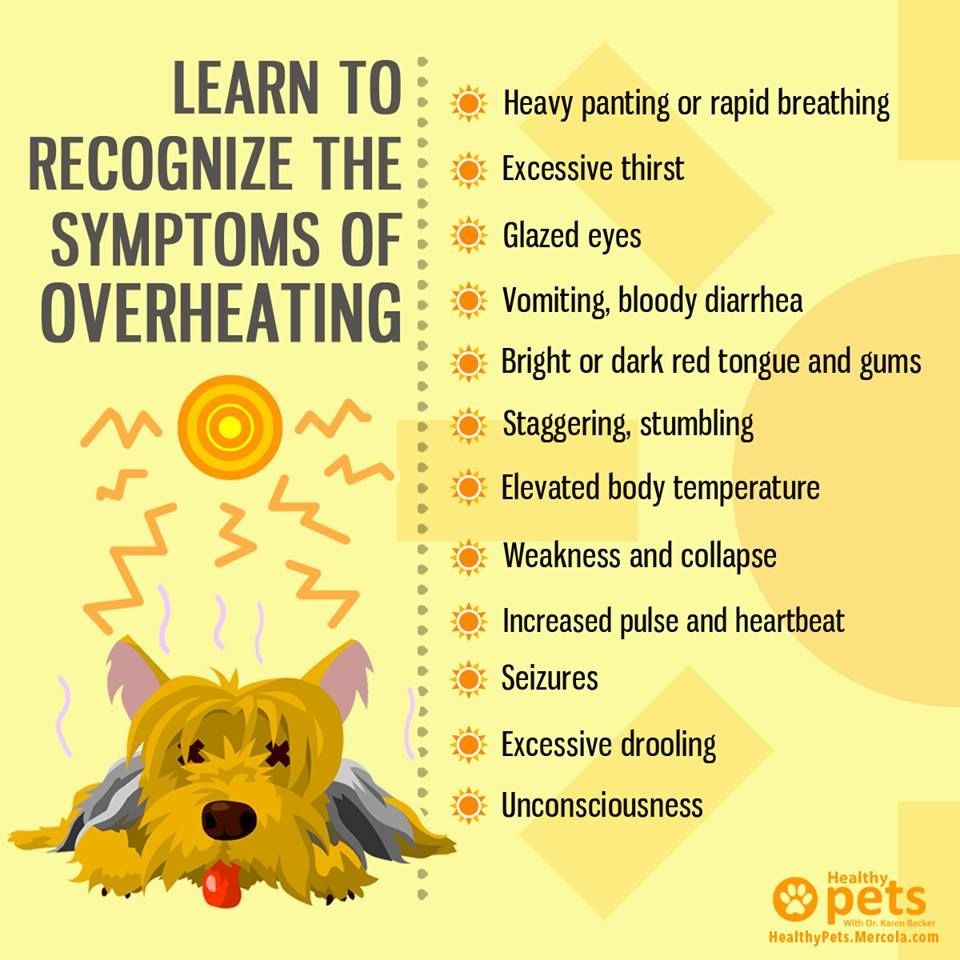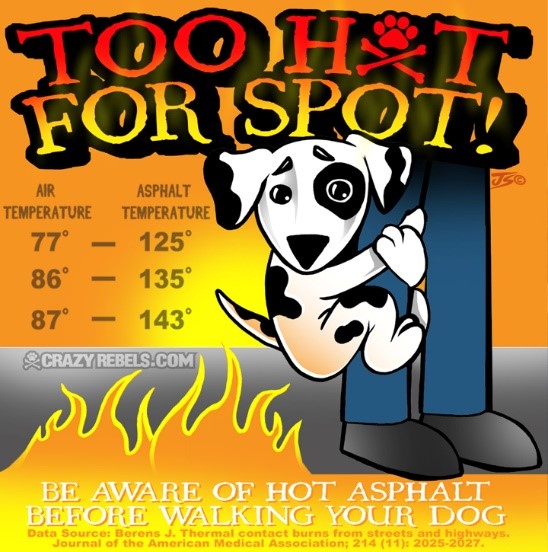How Hot Is Too Hot?
By: Monica Bock, ZimmVet Daycare Staff
We love our pets and always want them to be safe. One of our common worries when owning a pet is how temperature affects them and at what point it’s too hot for our pets. Keep reading if you want to know the signs of heat stress, dangerous temperatures and how to keep your pet safe in this hot summer weather!
An overly hot or warm climate can cause serious medical implications in our furry friends and shouldn’t be taken lightly. Heat exhaustion in dogs can lead to problems such as heat stroke and cardiac arrest. Dogs regulate heat differently than humans. While we sweat to regulate our temperature, a dog has very few sweat glands located in their paw pads. These sweat glands do little to help regulate the dog’s body temperature. Most often you may see your pup panting away when it’s hot out because this is how they cool themselves down. However, sometimes this is not enough to cool them down to a “safe” temperature. A safe internal temperature for our furry friends shouldn’t overgo a temp of 102 degrees Fahrenheit and if it exceeds this, can become potentially dangerous for them.
How can you tell if it’s too hot, however, without taking your pet’s temperature constantly?

This is simple! There are a couple signs you can keep an eye on when enjoying the summer weather with your pet.
Things to look for:
- Excessive panting
- Lack of responsiveness
- Vomiting
- Diarrhea
- Collapsing
- Convulsion/ seizure
- Gum and tongue discoloration-May turn red or purple
When you see your dog exhibiting these signs, what do you do?
- First, take your pet to a cooler area
- According to the Hills website, heat exhaustion occurs between the temperatures of 103- and 106-degrees Fahrenheit. If your pet’s temperature exceeds 106 degrees you should immediately call your local veterinarian for further consult.
- If you are near a lake or another body of water, let your pup take a dip and cool off!
- If your pet is conscious try giving them some water to cool down, but don’t force it and let them drink on their own. If they are forced to drink water there is the possibility the water could end up in their lungs and cause further issues.
- After you have done this it is still recommended that you see your regular veterinarian to check over your furry friend and assure he is recovering from the experience.
How do you prevent heat stroke from happening in your pet?

- Limit their amount of exercise during hot or humid weather
- Provide shade
- Have fresh water readily available at all times
- Never leave your pet in a parked car (cars heat up quickly and can become dangerous within a short amount of time for your pet)
- Beware of asphalt (it gets hot quickly and can burn your pet’s paws or play a role in overheating)
Now that you know how to protect your pet from the hot summer heat, it’s time to get outside and have some good whole-hearted safe fun!


